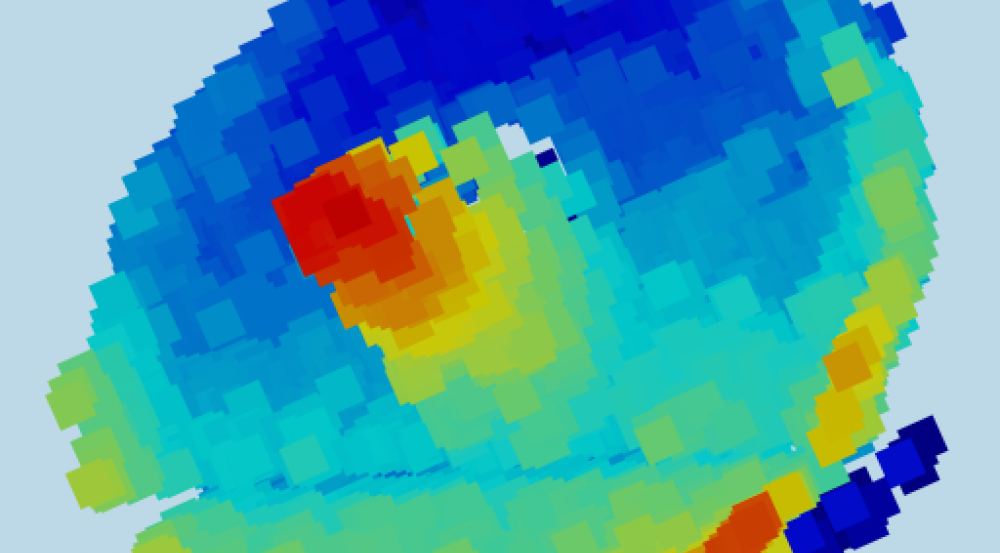Micro-ladar


A research team in the Active Optical Systems Group is exploring a novel imaging architecture to fit a 3D ladar sensor with real-time embedded processing into a tennis-ball-sized package that can be integrated on an unmanned aerial vehicle (UAV) with a wingspan of 4 feet or less. We are building on our group's experience developing airborne ladar systems that generate detailed 3D imagery of terrain and structures, including those beneath dense foliage. Our goal is to develop a ladar sensor with a cumulative 10 orders of magnitude (1 billionth) reduction in size, weight, and power usage.
By integrating the micro-ladar system on a UAV as small as a quadrotor, 3D imaging can now become a feasible option for users who cannot afford the type of aircraft needed for the previously large systems. The micro-ladar could be used under both clear and heavy foliage conditions for surveillance and reconnaissance missions as well as for humanitarian assistance and disaster relief operations.




